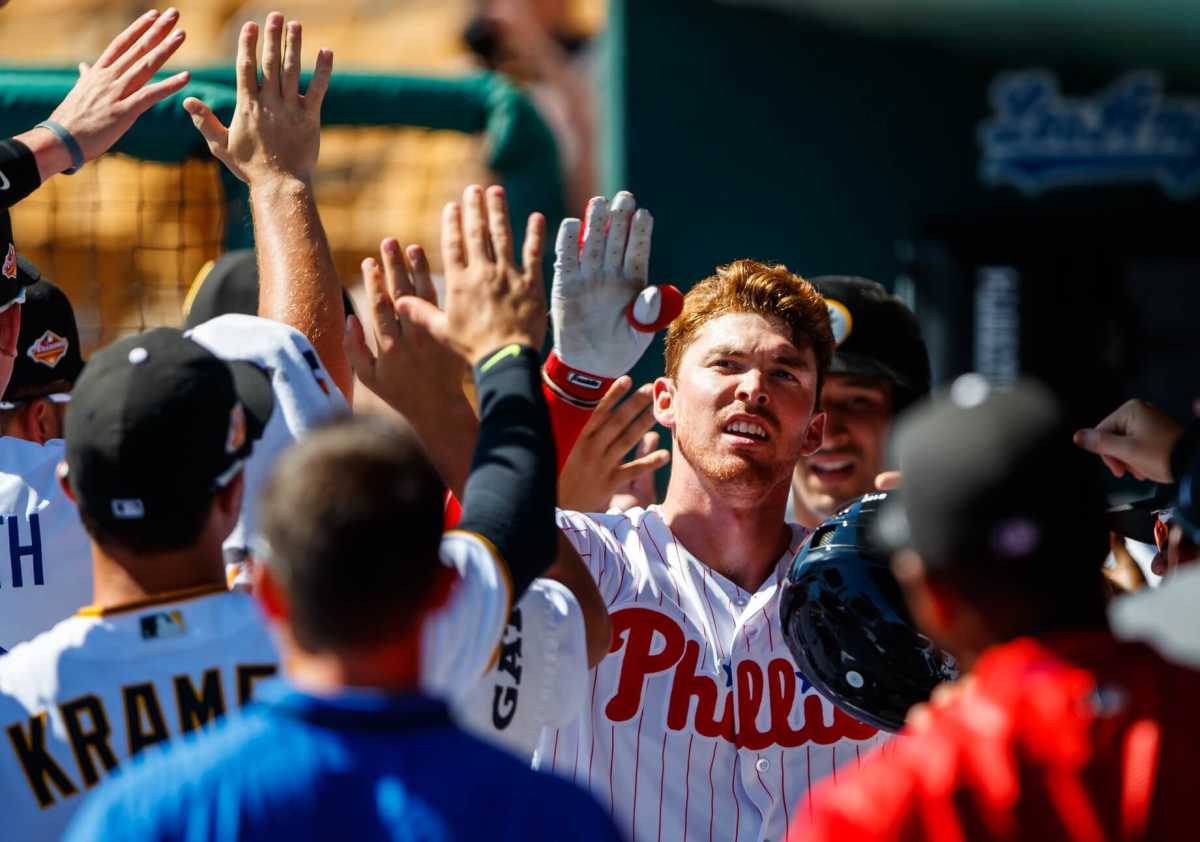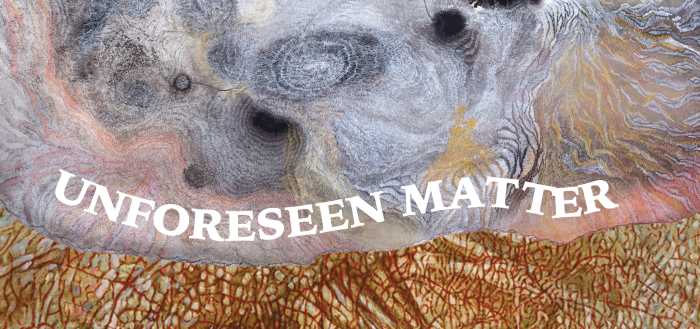Over the last few days, rumors have been swirling around that Major League Baseball has been considering a multitude of moves in the near future that would shake up the complexity of the league as we know it. Two big words stand out as the rumors start to become more than whispers: Expansion and Realignment. It seems odd to speak those two words out loud and utter them as anything more than speculation. But the reality of the situation is that both could become very real over the next few years.
Let’s start with expansion. The last time Major League Baseball expanded was in 1997, when the Arizona Diamondbacks and Tampa Bay (Devil) Rays came into the league, giving the bigs an even 30 teams. Of course, the Montreal Expos became the Washington Nationals in 2005, but effectively nothing changed other than pulling a team from Canada and moving them to our nation’s capitol. The team retained its players and remained in the National League East. Despite a locale move, nothing was affected. So we go back to 1997, when those two teams joined the league to find our last real expansion.
The thought process is that two teams would be added to the league to make an even 32 teams. Presumably, one team would be added to each league. That gives us a bit of perspective as to where these two teams could be added.
I’d be more shocked in the added National League team wasn’t put in Montreal than if it was. The city has been clambering for a baseball team since the Expos were taken away. While declining numbers and an even more declining stadium forced the Expos out the first time, it would be in the league’s best interest to bring the team back to Montreal. While the new franchise would not be affiliated in any way with the Nationals or the original Expos, who the Nationals hardly recognize anyway, they should, and likely would, be renamed the Expos. Consider it like the Washington Senators being named such despite the former Senators moving years prior.
So that’s the National League consideration, but where would the American League team be located. That’s a much more difficult question to raise because there isn’t necessarily a city that hosted a team in the western part of the country that doesn’t already have a team again. I think the likelihood of a another expansion team moving to Canada are slim, as any major city in western Canada either doesn’t really desire a team or is so far out of the way that travel would be difficult. So check Edmonton, Calgary or Vancouver off the list. Where would that leave as a potential landing site for this new American League team? I have narrowed it down to three potential landing sites. Now these potential landing sites would have impact on the rest of the league, which I’ll get to in the realignment portion of this piece. The three cities I believe have a chance to get the next professional baseball team are San Antonio, Las Vegas, and most likely, Portland. Portland would allow for another Pacific Coast team to alleviate certain travel for the Seattle Mariners while attempting to create a natural rivalry between the two cities. It would also help the realignment the most, as it would give the west coast another team to plug right into its division.
Now, let’s get to realignment. This is a much trickier minefield to attempt to navigate in the scope of things. It requires teams to move, division to be created and expanded, and potentially, a massive shakeup of entire leagues. Adding two teams would be easy, as one would go in each league, as mentioned earlier. But which teams would be in each league, would there be another created division in each, making four divisions of four teams, and would there be any teams that jumped leagues entirely. The last two instances of teams jumping leagues and causing realignment have happened fairly recently. The Houston Astros jumped from the National League Central to the American League West in 2013, to even the leagues at 15 teams a piece. The second occurred in 1998, when the Milwaukee Brewers crossed over from the American League to the National League. Two movements in 20 years spells the limited amount of shakeups the league has seen since moving to two divisions.
When you talk about realignment with the addition of two teams, the consensus opinion would be for eight, four team divisions, four in the National League and four in the American League. It would take nearly a complete overhaul to realign these divisions this way, but speculation is always an enjoyable game to play.
So what I’ve done is create these eight divisions, with the help of a good friend of mine, Mr. Joe Wagner, back in June using location as a primary factor. This allows for the closest travel in between divisional rivals and their fan bases. With this recreation being made back in June, we only accounted for the current 30 MLB teams. Of course, I had to adjust it a bit with the addition of these two teams, but the locations primarily remain the same. The divisions would be considered the “west” “east” “north” and “south” just as in the NFL.
Let’s start with the American League.
AL West: Yet To Be Named Portland, Seattle Mariners, Oakland A’s, San Francisco Giants
This division would allow for a relative proximity of four cities on the west coast that normally would be separated from many of the teams west of the Mississippi. As mentioned earlier, it would allow for a Seattle-Portland rivalry to try and bud. It would also give the league a Golden Gate Bridge rivalry between the A’s and the Giants. Proximity breeds hatred, and that’s what the league could hope for in this new four team division.
NL West: Los Angeles Dodgers, Los Angeles Angels, San Diego Padres, Arizona Diamondbacks
If the AL West would call for proximity, this division may be one where the four teams are nearly in each others back yards. with two teams effectively representing the same city, San Diego not too far away and Arizona being the only outlier, this could allow for short inter-divisional trips. The Dodgers and Angels could rev up a feud in the coming years, and three of the five teams in the current NL West would remain in this new western division, leaving in tact certain rivalries. And who would hate a division where every game is 75 degrees and sunny? These four cities would make for a dream destination for vets who want to get out of the harsh Aprils and Octobers of the norther teams.
AL South: Colorado Rockies, Kansas City Royals, Texas Rangers, Houston Astros
This one feels a little bit clunky and is spatially the most distant of all the divisions, but it had to be done. The midwest is devoid of teams, and with the western divisions being taken up Pacific and California teams, this is the only place that made sense for the Colorado Rockies and Houston Astros. The Rangers and Astros pairing makes sense, as they’re not that far off from each other and have had some fantastic games since the Astros moved to the current AL West. The Royals are kind of in an odd spot as well, being too far away from a majority of their current AL Central competitors, but not all that close to any of their newly configured rivals. Like I said, I’m not all that happy with this division, but it’s the only one that makes much sense.
NL South: Washington Nationals, Atlanta Braves, Tampa Bay Rays, Miami Marlins
The Nationals will have a bit of travel to make, being the northern most team in this new division, but it’s not any travel they’re not already used to. The Braves and Marlins, of course, are currently aligned with the Nationals in the NL East, so the Nationals would only have to make the trip to Florida a few more times to take on the Rays. The Rays and Marlins could potentially fill a stadium with both of the fan bases combined, unlike what they’re working with now. The Braves and Nationals could continue to work against each other and build on the newly budding rivalry of the last 12 years. While I would have liked to have added the Orioles and Nationals together, it makes more sense to place the Orioles in division later on in this piece. You could effectively interchange the two teams in the new NL South and NL East, but I chose to leave the Nationals in the South and add the Orioles to the new NL East.
AL East: Yet To Be Named Montreal Team, Toronto Blue Jays, Boston Red Sox, New York Yankees
This might be the most interesting division of them all, due in part to the fact that two major rivalries could stem from it. Of course, you can’t take the Yankees and Red Sox out of the same division, so this division was really an effort to build around those two teams geographically. The Rays in the East makes absolutely no sense when you look at the current division. The Blue Jays, Yankees, Red Sox and Orioles are all fairly centrally located, and then there’s the Rays. So I took the extreme rivalry of the Red Sox and Yankees and paired it with a potential Canadian rivalry between the Toronto Blue Jays and the Montreal franchise. We didn’t really get this rivalry the first time around in Montreal because there was only a decade or so of interleague play before the Expos left. To create an all Canadian war between these two teams would be enjoyable to see bud before our eyes. It may not work, but it also could create a serious, bitter battle between the two teams.
NL East: Philadelphia Phillies, New York Mets, Pittsburgh Pirates, Baltimore Orioles
Along with the newly created AL South, this new NL East would be affiliated with three different current divisions: NL East, AL East, NL Central. The Mets and Phillies would remain in a division together to allow for that rivalry to remain in tact. The Pirates would also come into the East to spark another Pittsburgh-Philadelphia battle. It also amazed me that the Flyers and Penguins were the only teams from the two cities that play in the same division. This would change that, and allow those throughout the state to get just a little more divided in sports. The Orioles seem like the odd team out, but they fit the best geographically in this one. Like I said earlier, it could have been the Nationals, but I felt like a fresh face in a new division could add some spark. The Orioles have quite possibly the best stadium in the country and I have a suspicion that many Philadelphia fans haven’t been there. This would allow for consistent trips to Baltimore to see this great park.
AL North: Minnesota Twins, Milwaukee Brewers, Detroit Tigers, Cleveland Indians
While the AL South seemed to be a mess, this was a pretty easy one. I took four of the most northern based cities and lumped them together in a quasi-loop over top of the cluster that will become the NL North. The Indians, Tigers and Twins will remain bulked together in one division, so not much would change there. The White Sox and Royals will depart in favor of the Milwaukee Brewers. I’ve felt for years that Brewers fans have tried to create a rivalry with any and all of the teams in the NL Central with little success. The Cubs and Cardinals are historic and the Pirates and Reds have a ton of history, as well. It always felt to me that the Brewers were the red headed step child of the NL Central. Maybe it’s because they’re a newer team to the National League, but something never felt right. A competition never emerged between the Brewers and Astros either. This move could allow a fresh start with either the Tigers or Twins.
NL North: Chicago Cubs, Cincinnati Reds, Chicago White Sox, St. Louis Cardinals
I think this might be the ultimate division. Outside of the AL East, which could allow for two huge rivalries, this division could be the most gruesome. Of course, we’ve seen the Cubs and Cardinals history dating back to the early 1900’s. But this would also place the White Sox in a division with their cross town rivals, the Cubs. It would be brother versus brother for these 19 games a year. This division is so much more than rivalry, however, as it’s about practicality, as well. Two teams would be located in the same city, with the western Cardinals and eastern Reds not being all that far away either. This would also likely be the most historic division of all, as all four of these teams were registered in the league just as the 19th century turned into the 20th. The Cubs, Cardinals and reds were all established by 1890, and the White Sox joined in 1901. There are a lot of wins and even more history in this new division.
So that’s my speculative new eight division MLB with the addition of two new teams. It may never happen, but the likelihood has risen significantly over the last few weeks.
Mandatory Credit: Mark J. Rebilas-USA TODAY Sports





























